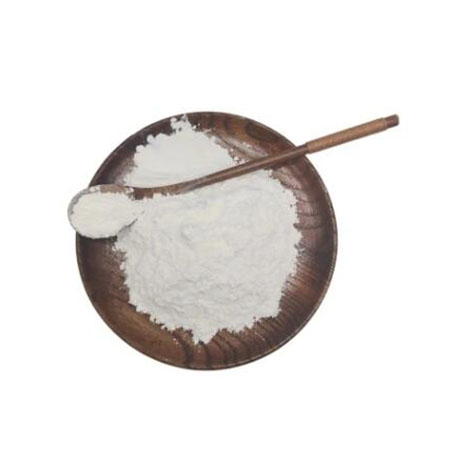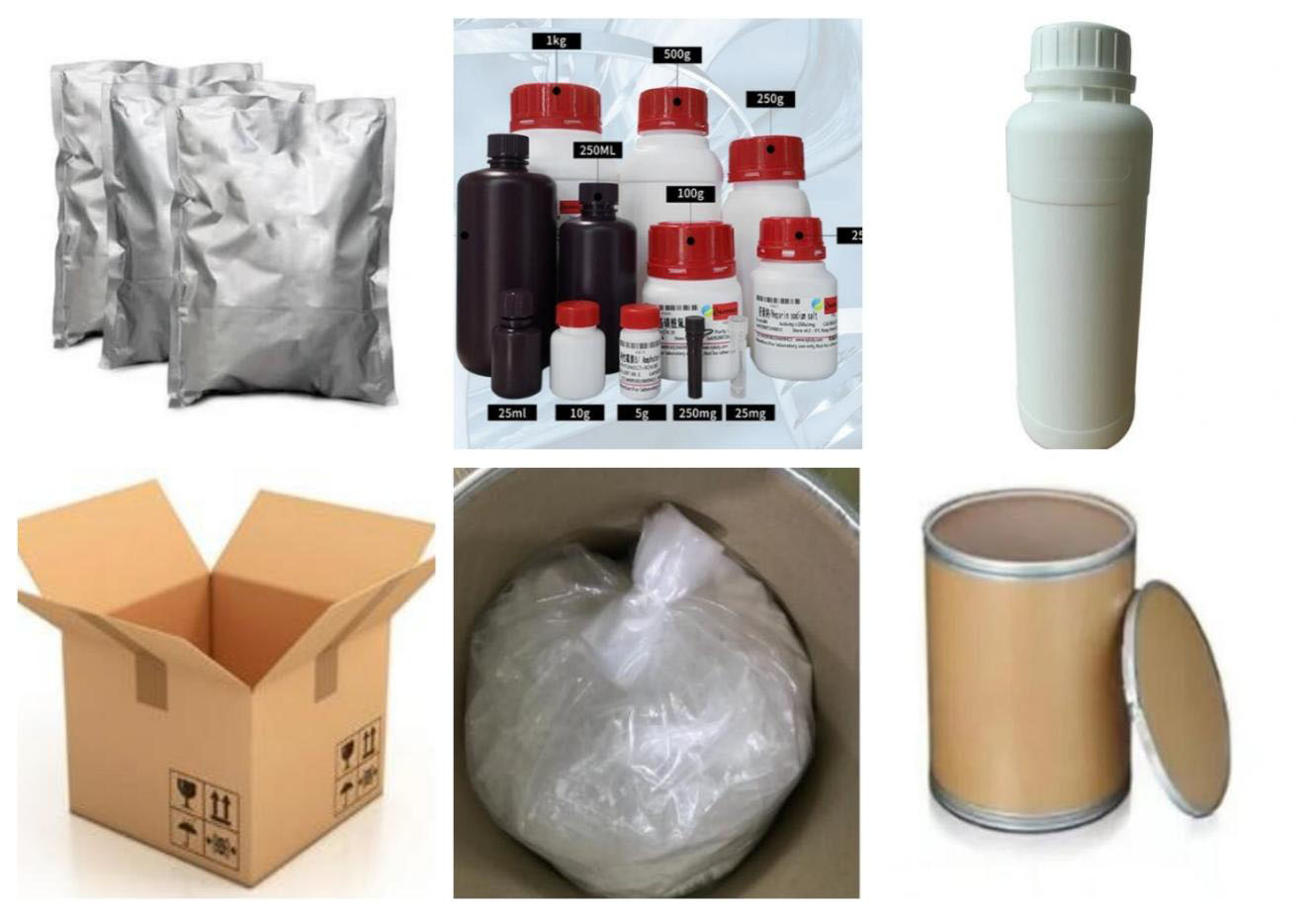Application and Effect
Reducing Agent: DTE is commonly used to break disulfide bonds in molecules. It can reduce disulfide-containing compounds to their thiol form, allowing researchers to study the reduced state of proteins, peptides, and other biomolecules. This is particularly useful in protein purification and sample preparation, as it helps to prevent protein aggregation and maintain protein stability. Protein Denaturation: DTE can be used to denature proteins by disrupting their tertiary structure. This is useful in protein studies where unfolding and refolding are required, such as in determining protein folding kinetics or investigating protein-protein interactions. Antioxidant: DTE has antioxidant properties and can scavenge free radicals and reactive oxygen species (ROS). It helps protect cells and biomolecules from oxidative damage caused by ROS. DTE can be used in cell culture experiments to study the effects of oxidative stress on cells and to evaluate antioxidant activity. Enzyme Inhibition Studies: DTE is often used as a negative control or inhibitor in enzyme inhibition studies. By irreversibly inhibiting the active site of an enzyme, it helps researchers determine the specificity and mechanism of enzyme inhibition by other compounds. Chemical synthesis: DTE can be used in chemical synthesis as a reducing agent for the conversion of carbonyl compounds to their corresponding alcohols. It is particularly useful in asymmetric synthesis, where stereoselectivity is desired.Product Sample


Product Packing:

Additional Information:
| Composition | C4H10O2S2 |
| Assay | 99% |
| Appearance | White powder |
| CAS No. | 6892-68-8 |
| Packing | Small and bulk |
| Shelf Life | 2 years |
| Storage | Store in cool and dry area |
| Certification | ISO. |
